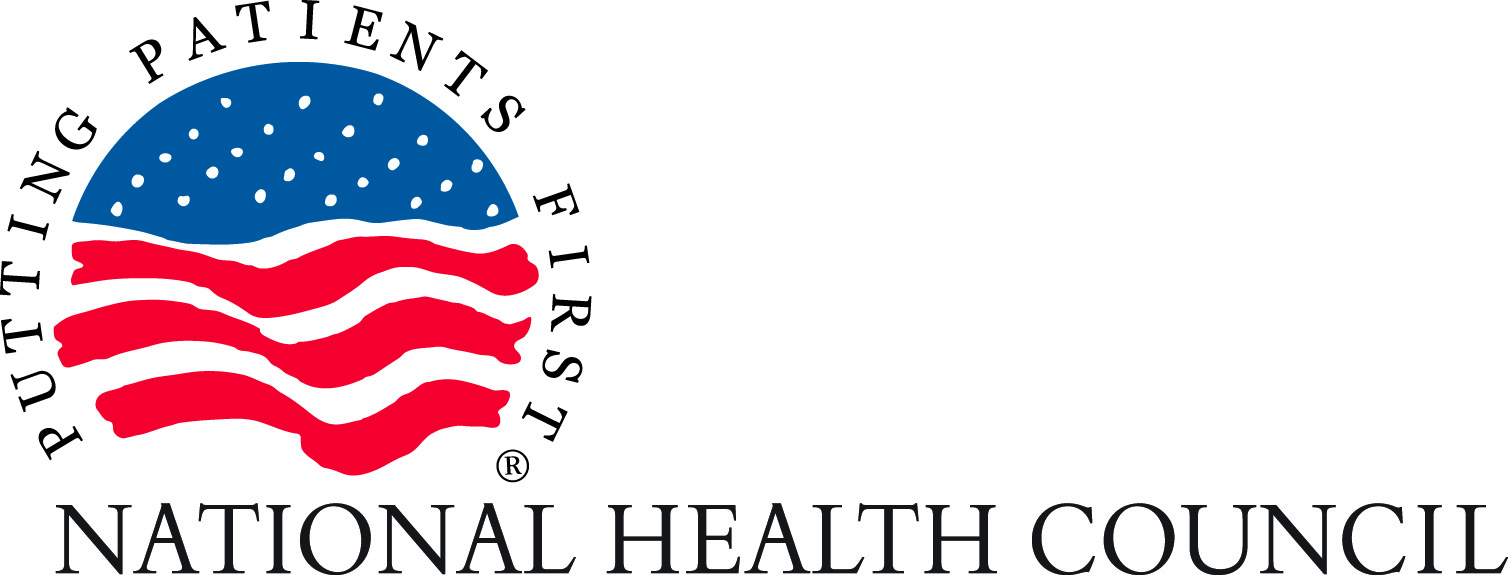

CMMI Introduces Three New Models to Lower Drug Costs
By: Allen Pinn, Coordinator, Policy
In October 2022, President Joe Biden continued his Administration’s work to reduce the price of prescription drugs with Executive Order 14087 “Lowering Prescription Drug Costs for Americans.”
In his executive order, President Biden emphasized the challenges Americans face in purchasing prescription drugs.
“On average, Americans pay two to three times as much as people in other countries for prescription drugs, and one in four Americans who take prescription drugs struggle to afford their medications.”
The executive order directed the Center for Medicare & Medicaid Innovation Center (CMMI) to produce models to lower the costs of drugs within 90 days. On February 14, U.S. Department of Health and Human Services (HHS) Secretary Xavier Becerra selected three models to be tested through CMMI which include:
- The Medicare High-Value Drug List Model
- The Cell & Gene Therapy Access Model
- The Accelerating Clinical Evidence Model
These models were chosen based on three criteria: affordability, accessibility, and feasibility of implementation. All three models are in early design phases; each currently lacks many crucial details that CMMI will need to determine before implementation. The NHC’s position on each will be dependent on such details. Below are summaries of each model so far.
Medicare High-Value List Model
The Medicare High-Value Drug List Model, also known as the Medicare $2 Drug list model, would cover a wide range of drugs covered under Medicare Part D. This model encourages Medicare Part D plans to offer fixed co-payments of no more than $2 across all cost-sharing phases of the Part D drug benefit for a standardized Medicare list of generic drugs that treat chronic conditions such as hypertension, hyperlipidemia, and other conditions. This model has the potential to greatly benefit many patient populations and advance health equity, depending on which generic drugs are added to the list. The NHC is encouraging input from the patient community in the rollout of this model to help determine which drugs have the highest value to patients. A timeline has yet to be finalized.
Cell and Gene Therapy Access Model
The Cell and Gene Therapy Access Model would specifically target Medicaid beneficiaries. In this model, state Medicaid agencies would assign CMS to coordinate and manage multi-state outcomes-based agreements with manufacturers for certain cell and gene therapies. Many states currently negotiate such arrangements, but depending how the model is designed, this could greatly help them in their negotiations by adding larger purchasing power through combining efforts through CMS. Many of the conditions that receive cell and gene therapies, or have these therapies in late stages of development, have small patient populations. This model could tremendously benefit individuals who are diagnosed with rare diseases such as certain cancers or sickle cell disease. CMS will begin development of this model in 2023 with an expected launch date in early 2026.
Accelerating Clinical Evidence Model
Since 1992, the Accelerated Approval Pathway (AAP) has been responsible for expediting the release of life-saving treatments to patients with chronic illnesses. The AAP allows earlier approval by the Food and Drug Administration (FDA) for products based on biomarkers or other surrogate endpoints and typically includes a requirement that the manufacturer conduct confirmatory trials to prove the surrogate endpoint is directly linked to clinical improvement. The Accelerating Clinical Evidence Model would require CMS to develop payment methods for drugs approved through the AAP with the stated goal to encourage companies to conduct their confirmatory trial in a timelier fashion. This mandatory model would reduce Medicare spending on AAP-approved drugs until the confirmatory trial is complete. Significant details such as how much CMS will pay for the products before and after completion of the trial and how it will impact payment for providers who prescribe the drug will be very important to determine whether the model is successful in encouraging faster trials without overly discouraging use of this important pathway. CMS has not announced a timeline for the rollout of this model at this time. One contradictory factor to this model is passage of legislation in December 2022 that grants FDA new authorities, also with a goal of encouraging faster and more robust confirmatory trials.
Conclusion
The high costs of prescription drugs impact millions of Americans, especially those living with a chronic condition. The NHC will continue to track the roll out and development of these models.



